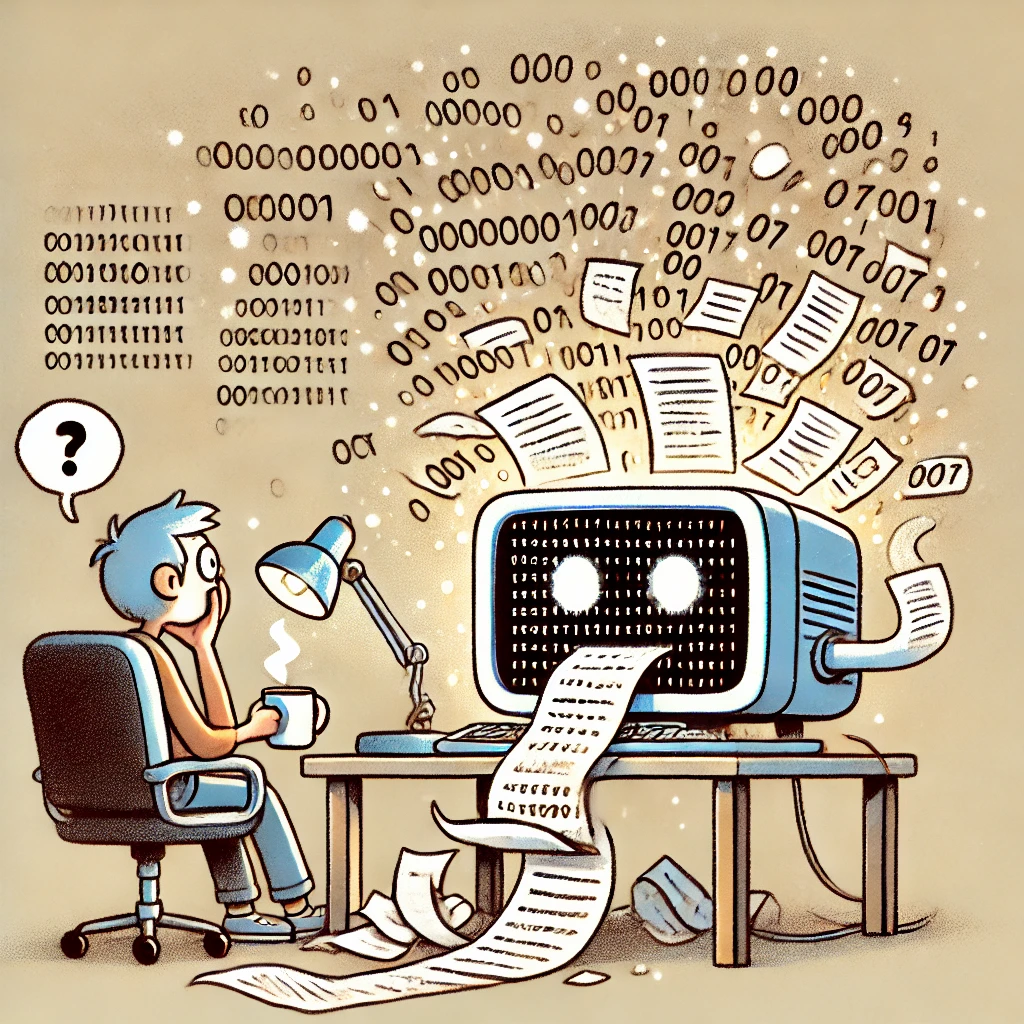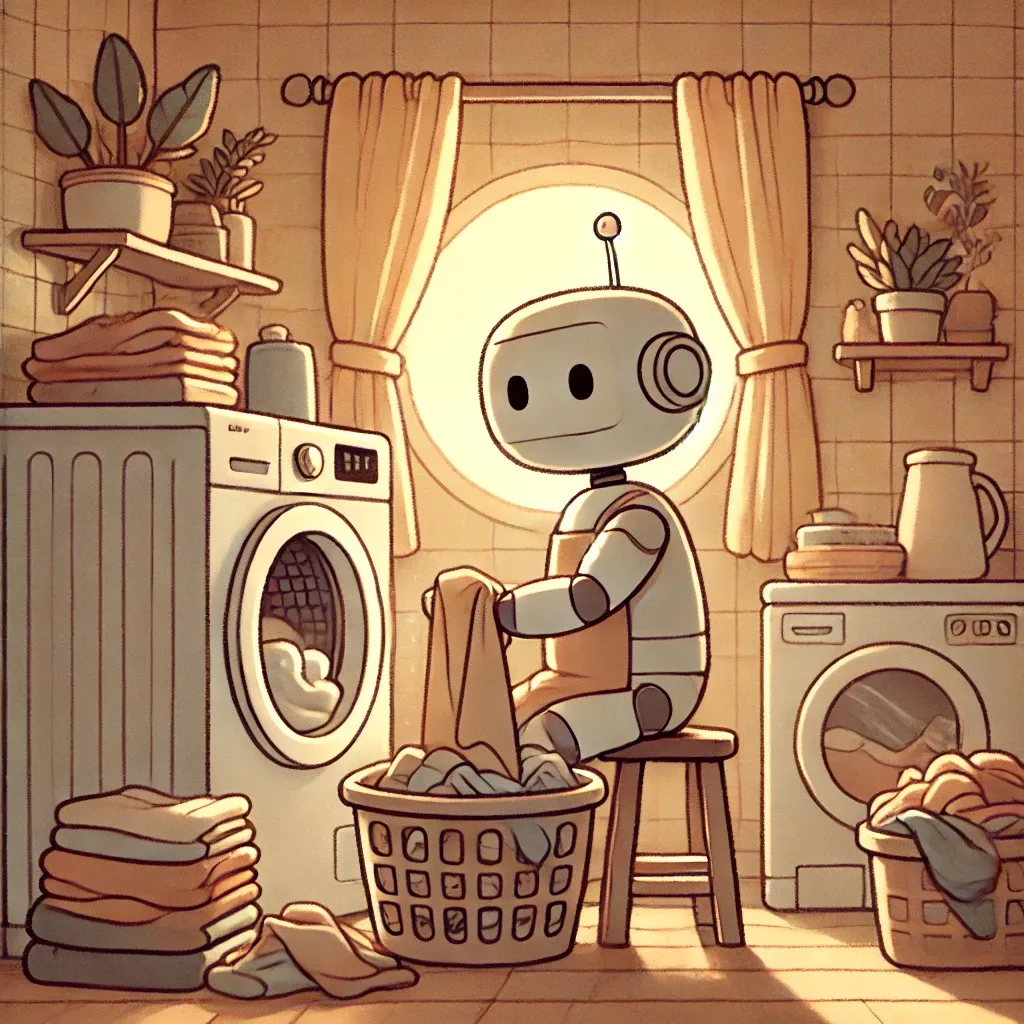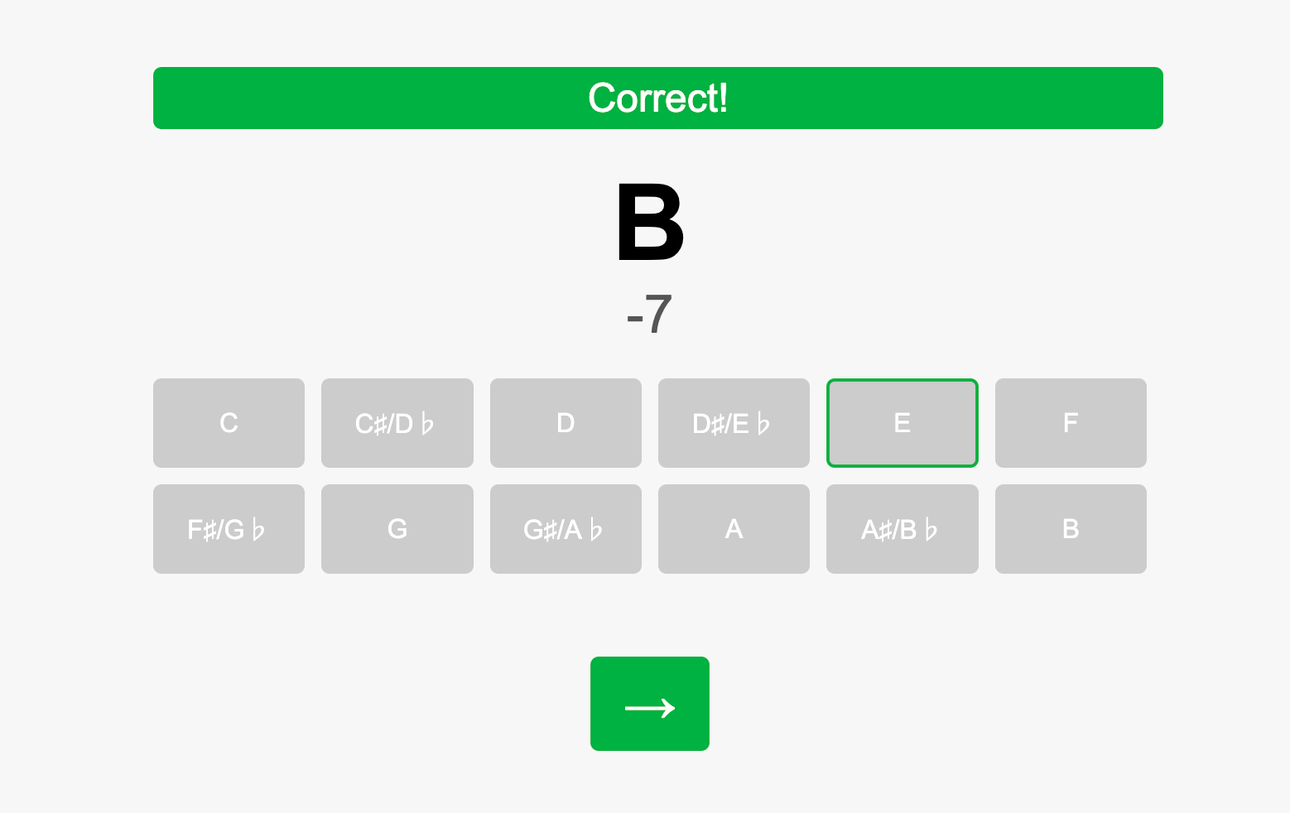I’ve felt this tension between “scrubs” and people trying to have fun, especially when playing competitive Smash. I do agree that it’s frustrating when people purport to be competitive but are actually scrubs. There are some points I think are missing though:
- Games can change over time, especially when you complain a ton. Within the last two decades in Melee, wobbling was discovered (2006) and then finally banned (2019). The technique was degenerate, and hated in almost all levels of play. If people just sucked it up and dealt with it, I don’t think it would have been banned. If you’re not familiar, wobbling results in you being unable to move and pummeled until you die for up to minutes at a time.
- Being competitive is great; but it’s not like being competitive and “having fun” are more or less honorable than each other. When you engage in an activity with someone else, the goal isn’t always to “completely crush them.” Sometimes, it’s just to have fun, right? In the case where some techniques aren’t “fun”, it seems fine to limit yourself from using them.
- If anything it’s a bit socially awkward if you can’t sense the mismatch in competitive drive and don’t tailor to what your gaming partner is expecting.


